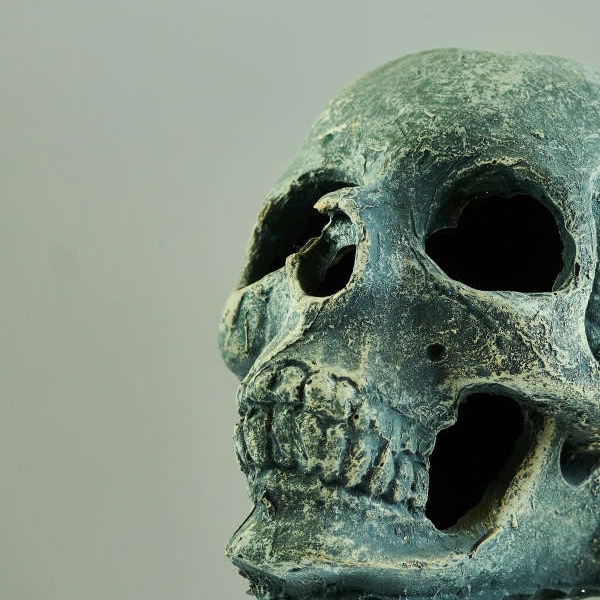
The site, known locally as Gallows Glen, lies just one kilometre from Naas Town Hall and adjoins the Kings Furze estate.
Kfm has learned that up to 100 skeletal remains have been unearthed at a site off the Dublin Road in Naas, in what is being described as one of the most significant historical discoveries in recent memory.
The site, known locally as Gallows Glen, lies just one kilometre from Naas Town Hall and adjoins the Kingsfurze residential estate.
The remains, understood to have been discovered during construction work for new housing, have since been excavated and transferred to Cork for forensic examination.
It is understood that almost all of the skeletons recovered were those of men and some youths.
No grave markings, timber boxes, or religious artifacts were found, suggesting burials carried out without ceremony or identification.
There is no historical record of the site ever having served as a community graveyard. Instead, the findings point to Gallows Glen being both a place of execution and burial - potentially linked to the 1798 Rebellion.
Following the failed attack on Naas Jail in 1798, dozens of rebels were reportedly captured and “disappeared.”
Local historians have long speculated about their final resting place, but until now, no burial site had been confirmed.
“It’s a significant discovery,” Cllr Seamie Moore, Mayor of Naas said. “The area was known as Gallows Glen for a reason - it was a place where people were hanged. Many who vanished after 1798 were never accounted for."
Cllr Moore revealed that one of the first clues emerged around 40 years ago, when a local homeowner unearthed part of a skeleton while building on the same site.
Work on the current housing development has been halted pending full archaeological investigation.
Cllr Moore suggested that the remains, once analysed, should be reinterred with honour at St Corban’s Cemetery in Naas.
He has also requested that the findings and autopsy results be made publicly available through Kildare County Council’s historical archives.
The forensic analysis is expected to confirm the age, cause of death, and potential era of those buried in what is rapidly emerging as a mass grave of major historical significance.



 Taxi Driver Protest Suspended Pending Outcome Of Talks
Taxi Driver Protest Suspended Pending Outcome Of Talks
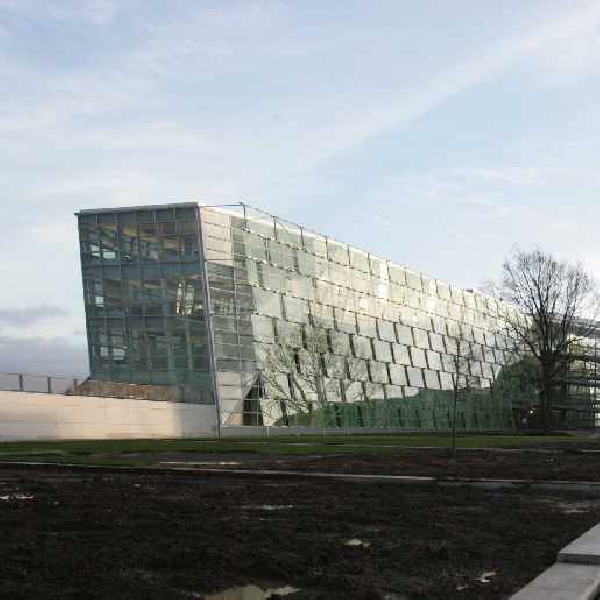 Lights Could Make Anti-Social Behaviour Worse: Council Says No To Security Lighting At Kilcock Playground
Lights Could Make Anti-Social Behaviour Worse: Council Says No To Security Lighting At Kilcock Playground
 BREAKING: Green Light For €1.3bn Drainage Scheme Serving Kildare After Court Agreement
BREAKING: Green Light For €1.3bn Drainage Scheme Serving Kildare After Court Agreement
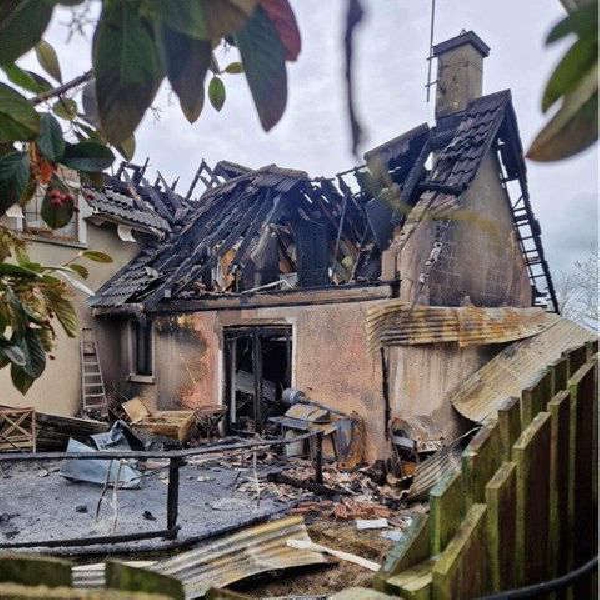 Kildare Man Nigel Cullen Awarded With National Bravery Award After Saving Young Man From House Fire
Kildare Man Nigel Cullen Awarded With National Bravery Award After Saving Young Man From House Fire
 Council Diverts €17K Carbury Castle Resoration Funding To Christmas Lights - Maynooth Gets Lion's Share
Council Diverts €17K Carbury Castle Resoration Funding To Christmas Lights - Maynooth Gets Lion's Share
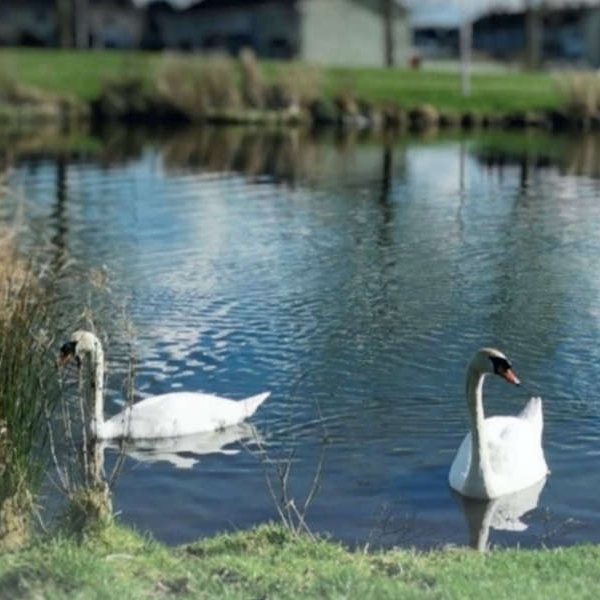 Lakeside–Dara Park Redevelopment: Newbridge Residents Urged To Take Part In Survey
Lakeside–Dara Park Redevelopment: Newbridge Residents Urged To Take Part In Survey
 Irish Troops Come Under "Small-Arms Fire" In Lebanon
Irish Troops Come Under "Small-Arms Fire" In Lebanon
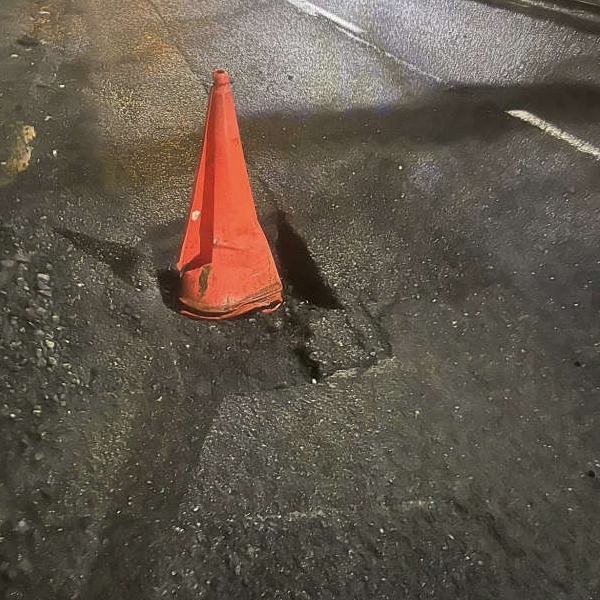 €17,000 Paid Out For Pothole Damage In Kildare - But Some Claims Now Deemed ‘Act Of God’
€17,000 Paid Out For Pothole Damage In Kildare - But Some Claims Now Deemed ‘Act Of God’

